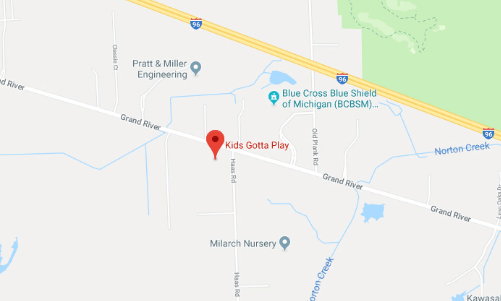 Have you ever heard the phrase “jump for joy?”
Have you ever heard the phrase “jump for joy?”
What a great celebration, to be so happy that you literally jump off the ground! Now think if you could do that in your very own backyard. A home trampoline is a great piece of home equipment that lets you and your family literally jump for joy whenever you want. It gives you and your kids a fun way to combine play and exercise.
Unfortunately, there is some risk that goes with a trampoline with unsafe practices. One of the most common areas of injury is the edge of the trampoline where the springs are. This article is all about how your family can have a fun, safe time jumping on a spring-free trampoline.
Wait, What Makes Spring-Based Trampolines Dangerous?
There are risks in doing just about any physical activity. That risk increases when you add in equipment. A standard trampoline has fun designed into its layout - the closer to the center a jumper is, the safer they are. They usually even cover the spring area around the edge. However, this is still the most common area for injury on a trampoline. Let’s take a closer look.
1. The Spring Area
Many injuries occur in the spring area of a trampoline. Landing awkwardly on this area or a leg or arm could drop between the springs. In that case, your groin would take the weight of your landing instead of your foot, a most unpleasant feeling. Most spring-based trampolines come with a cover for this area, but the covers are typically cheap and end up sliding or falling out of place. Once the covers are out of position, they don’t help much.
2. The Outer Edge
The next area where many injuries occur is the outer edge of the trampoline, the metal ring. Landing any part of your body on the metal ring is extremely dangerous. In the worst cases, people land awkwardly on the outer ring on their back, neck, or head. This type of landing can cause serious injury.
3. Metal Net Rods
Many trampolines have an added safety feature - nets. These nets are great in theory. They catch any small child who timed their jumps wrong. Unfortunately, most of these nets have metal rods that become sources of potential injury. Though there is more net than rod, striking a rod is another area where you or your kids could get hurt.
The Answer - Spring-Free Trampolines
These problem areas led to a new type of trampoline, the Spring-Free Trampoline. This different type of trampoline gives you and your kids the chance to “jump for joy” without the fear and risk of landing on the edge and injuring yourselves. Let’s check out some of the differences.
1. Composite Rods
Instead of the standard springs at the edge of the trampoline, Spring-Free trampolines do the work below the surface. Underneath the surface of the Spring-Free trampoline is a layer of composite rods that produce the “spring” which absorbs the impact of a jump before bouncing people up. With the rods underneath the surface, the chance for a jumper to collide with the mechanism drops to nothing! No more worrying about slipping between the springs or hitting the metal edge of the trampoline.
2. Shock Absorbing Mats
We mentioned the covers standard spring-based trampolines use, designed to help but they tend to be cheap, thin, and slip out of place. Some trampolines don’t even have spring-covers! Spring-Free trampolines, on the other hand, have mats that absorb shock and create a safer landing for jumpers.
Choose Safety When You Choose Your Family’s Trampoline
There are many options for trampolines or other sporting equipment for your family. If safety is a concern for you, consider the Spring-Free Trampoline to combine safety and fun! Here at Kids Gotta Play, we love to find new ways for kids and families to have a good time playing together. We have many options for you to explore. Check out our inventory for what type of fun your family wants to have.


